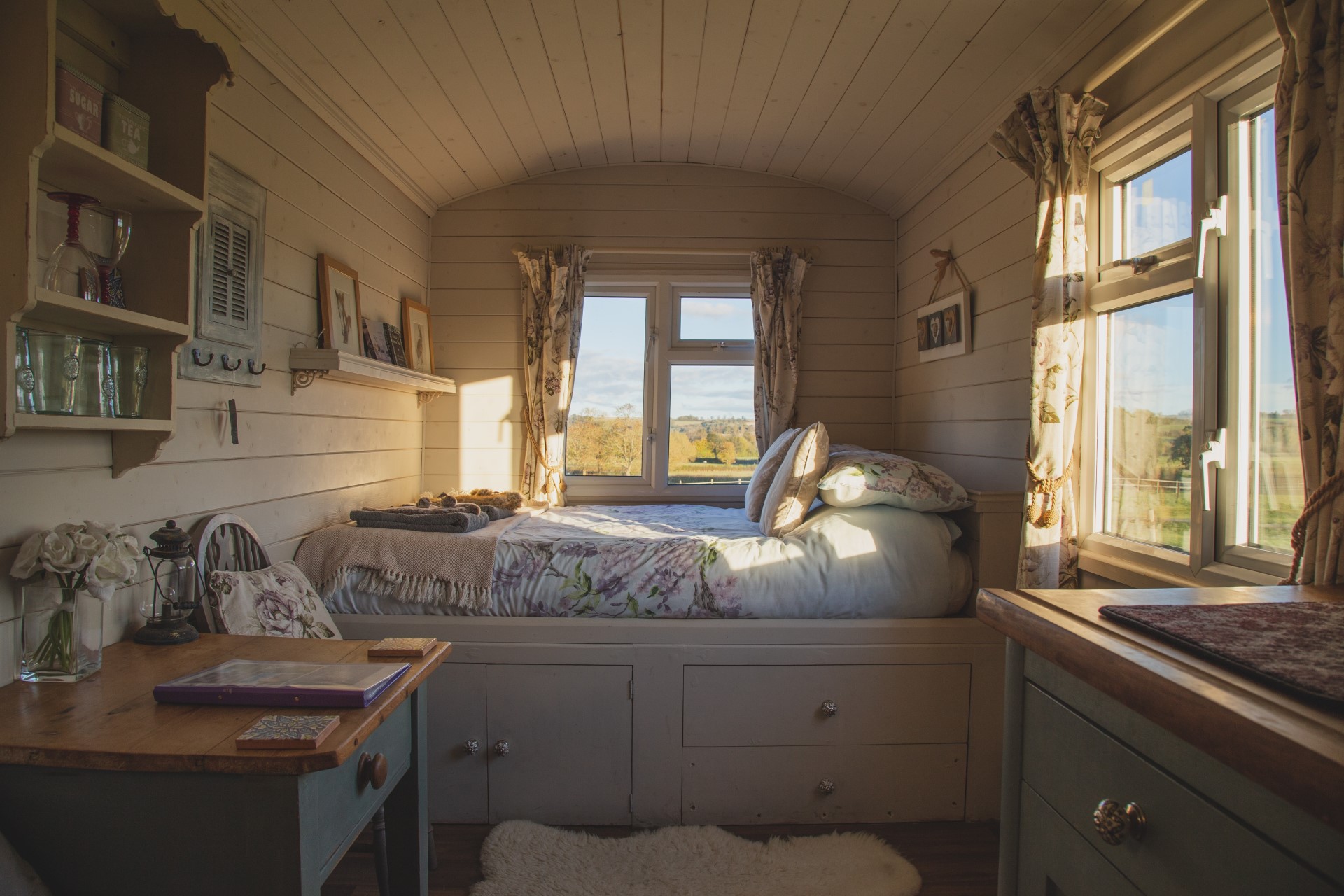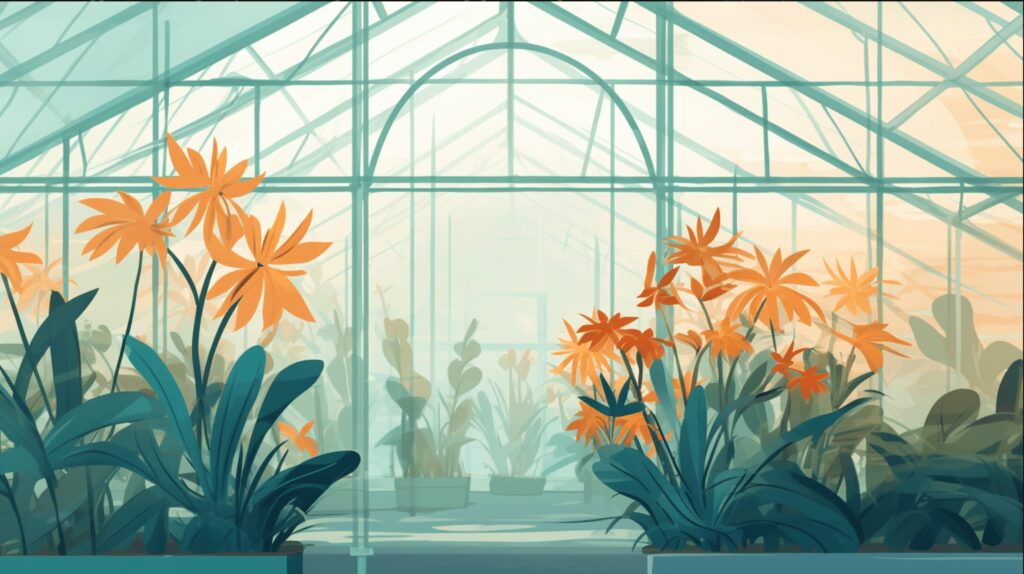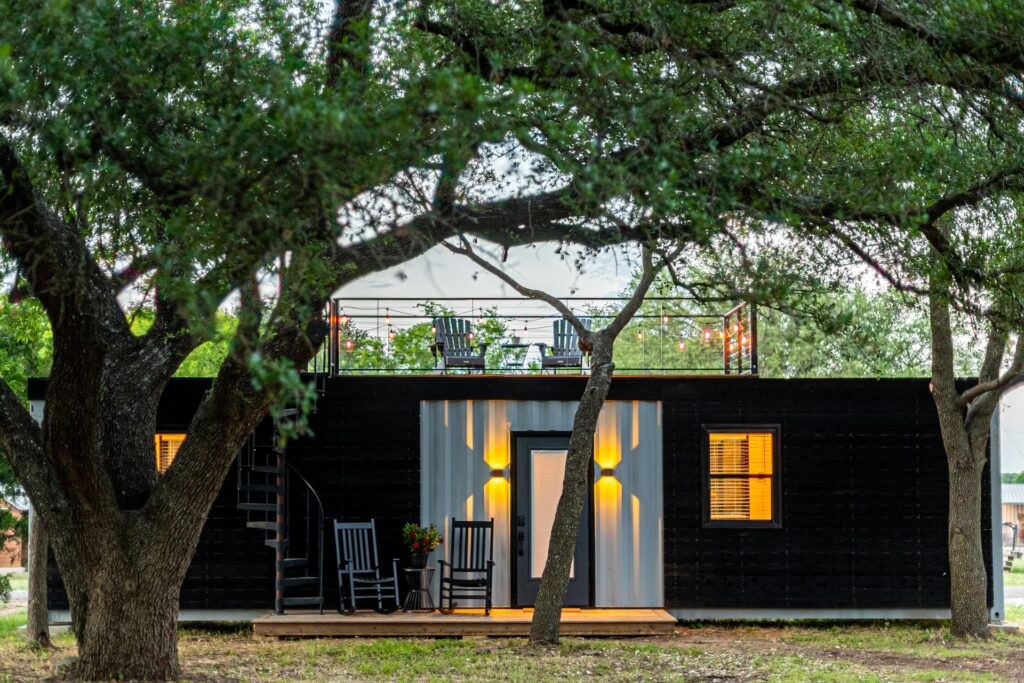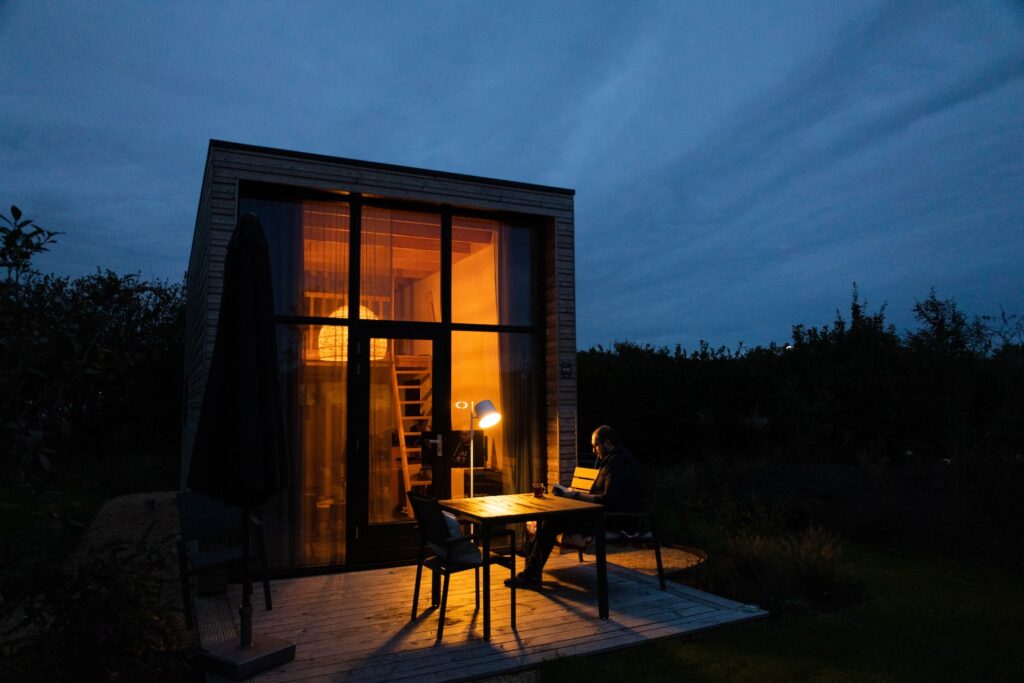
We are reader-supported. When you buy through links on our site, we may earn an affiliate commission.
You’ve probably heard the buzz about tiny houses, tiny house benefits and wondered what all the fuss is about. Well, the tiny house movement is more than just a passing trend. It’s a lifestyle choice with many benefits, no matter your role in the housing industry.
The Tiny House Movement
The tiny house movement is a social and architectural phenomenon that significantly advocates for downsizing one’s living space. It evolves choosing to live in much smaller and more efficient homes, often called “tiny houses” or “tiny homes”. These are typically compact, focusing on maximizing functionality and minimizing square footage.
Examples of Tiny Houses
- Traditional: These are often built on wheels (tiny houses on wheels or THOWs) and range from about 100 to 400 square feet.
- Container homes: Some tiny houses are converted shipping containers. These structures repurpose containers into unique living spaces, offering an eco-friendly alternative.
- Treehouses and tents: For a more rustic experience, tiny treehouses and tents have gained popularity as nature-centric gateways.
- Accessory dwelling units: Some serve as accessory dwelling units in residential properties, providing extra living space. This type of tiny home can serve as a guesthouse or rental unit.
Where to Find Them
- Tiny house communities: These are popping up in various locations and you can find them by searching online. Examples include “The Tiny House Village” in Orlando, Florida and “Portland’s Tiny Digs Hotel” in Oregon, allowing visitors to experience tiny living.
- Airbnb and other rental platforms: Many tiny house owners rent out their homes on platforms like Airbnb. It’s an excellent way to test a small living before committing to it.
- Tiny house shows and expos: You can find little house shows and expos in different regions yearly. These events showcase various miniature home models and designs.
Who Builds Tiny Homes
Many people with construction skills and a passion for small living choose to build their own tiny homes. There are DIY plans available and this approach allows for maximum customization.
Some companies and professional builders specialize in designing and constructing tiny homes. Individuals and companies offer custom design and construction services to create a little home tailored to your needs and preferences.
Tiny House Benefits
Whether you are a homeowner, a renter, a contractor or a real estate professional, there are compelling reasons to consider the advantages of going small. Here are some tiny house benefits:
For Homeowners and Renters
- Affordability: Tiny homes are significantly cheaper than their larger counterparts. Even a luxury tiny home is about a third of the cost of an average sized home. If you’re a homeowner, this means lower mortgage payments, which translates to reduced monthly rent bills. Tiny living can free up your budget for other life goals.
- Simplicity: Life can be complicated, but your living space doesn’t have to be. Tiny living encourages a simpler lifestyle. With fewer possessions, you’ll find it easier to declutter and keep what truly matters.
- Energy efficiency: A smaller space is more accessible to heat and cool, reducing energy consumption. This is eco-friendly and lowers your utility bills.
- Mobility: Many tiny homes are on wheels, allowing you to change your view whenever desired. Whether you’re seeking new job opportunities or want a change of scenery, small living makes it possible.
- Customizable: Don’t be fooled by the size — tiny homes can be highly customizable. You can design your space to fit your needs and style perfectly.
For Contractors and Construction Business Owners
The tiny house movement is rising, which means increased business opportunities. There are plenty of tiny house benefits in this market. Building and designing these can be a niche market with substantial potential.
They often require creative solutions to maximize space. This allows contractors to showcase their designs and construction skills.
Tiny homes are quicker to build than conventional homes. This means more projects and potentially higher profits.
For Real Estate Professionals
Incorporating tiny homes into your real estate portfolio opens up an alternative market. Cater to clients looking for compact, affordable and unique living spaces.
Tiny living can be a lucrative investment. Develop small house communities or rent out tiny homes for additional income streams.
Tiny homes appeal to many potential buyers, from minimalists to those seeking a weekend retreat. Expanding your offerings to include small homes can attract a broader client base.
Challenges to Consider
While there are tiny house benefits, there are also several challenges to consider. Here are some key challenges associated with small-house living:
- Limited space: The most obvious challenge is the limited living space. Tiny homes typically have less than 400 square feet of floor area, which can significantly constrain individuals or families used to more spacious accommodations.
- Storage issues: With limited space comes limited storage. Finding efficient ways to store and organize belongings can be a constant struggle.
- Zoning and legal challenges: Many areas have zoning regulations and building codes unfavorable to tiny living. Finding a legal parking place or building a tiny home can be challenging.
- Utilities and infrastructure: Setting up utilities like water, electricity and sewage can be complex, especially if you’re off-grid. Tiny living often requires custom solutions for these services.
- Privacy and personal space: Living close quarters with others can be challenging. Maintaining personal space and privacy within a tiny home can be difficult.
- Accessibility: They often have lofts or high sleeping areas, which can be challenging for people with mobility issues or disabilities.
- Changing lifestyles: Adapting to a minimalist lifestyle can be challenging, especially if you’re accustomed to a more extensive, materialistic lifestyle.
- Resale value: Tiny living may not appreciate over time. Finding a buyer when you want to sell can be more challenging.
- Climate control: Maintaining a comfortable temperature in a tiny home can be difficult. Proper insulation and climate control systems are essential for year-round living.
- Building and maintenance skills: Building your tiny house requires various skills, from construction to plumbing and electrical work. Maintenance and repairs are also more challenging for DIYers.
How to Make a Tiny House More Spacious
Focus on clever design and space-saving strategies to make your tiny living feel more spacious. Opt for an open floor plan, use ample natural light and choose light, neutral colors to create a relaxed, airy atmosphere.
Invest in multi-functional furniture and wall-mounted options and utilize vertical and hidden storage. Keep decor minimal, incorporate mirrors for illusion of space and employ sliding or folding doors to save room.
Consider compact appliances, routinely declutter and create multi-use rooms. Extending your living space outdoors can provide extra room and high ceilings can enhance vertical space perception.
Advantages of Going Small
Tiny homes represent a more sustainable and mindful way of living. They invite everyone to redefine what is truly essential in our lives.
To embrace creativity in design and to tread more lightly on the planet. Whether you’re a dreamer or a doer, there’s something here for you.










